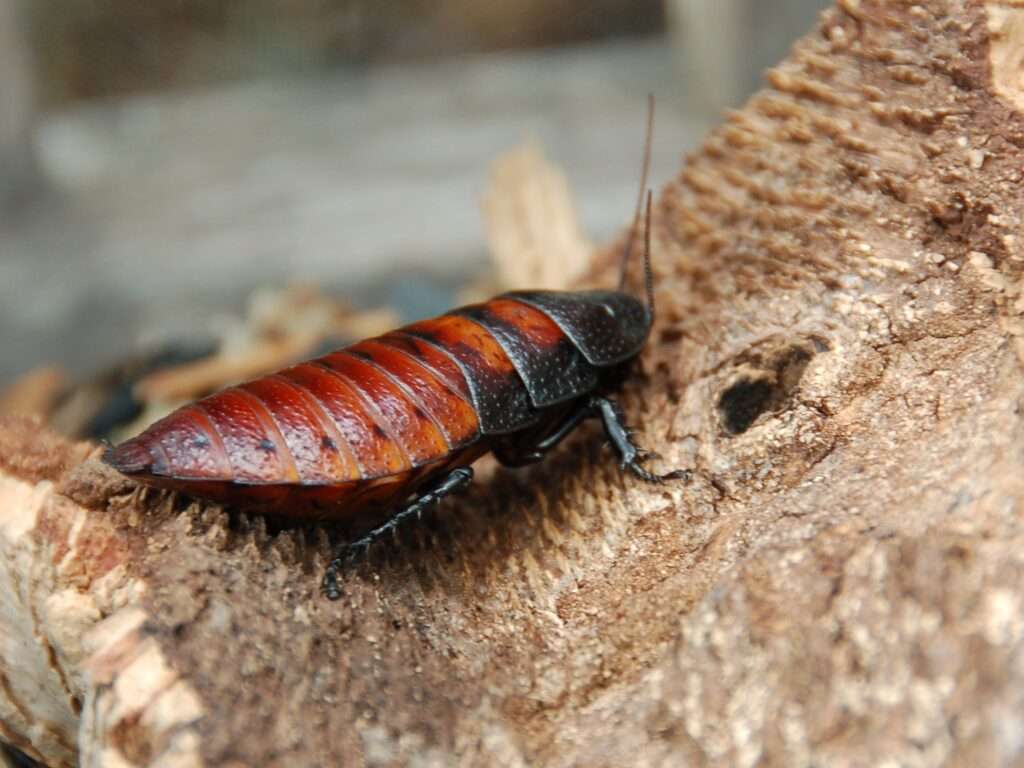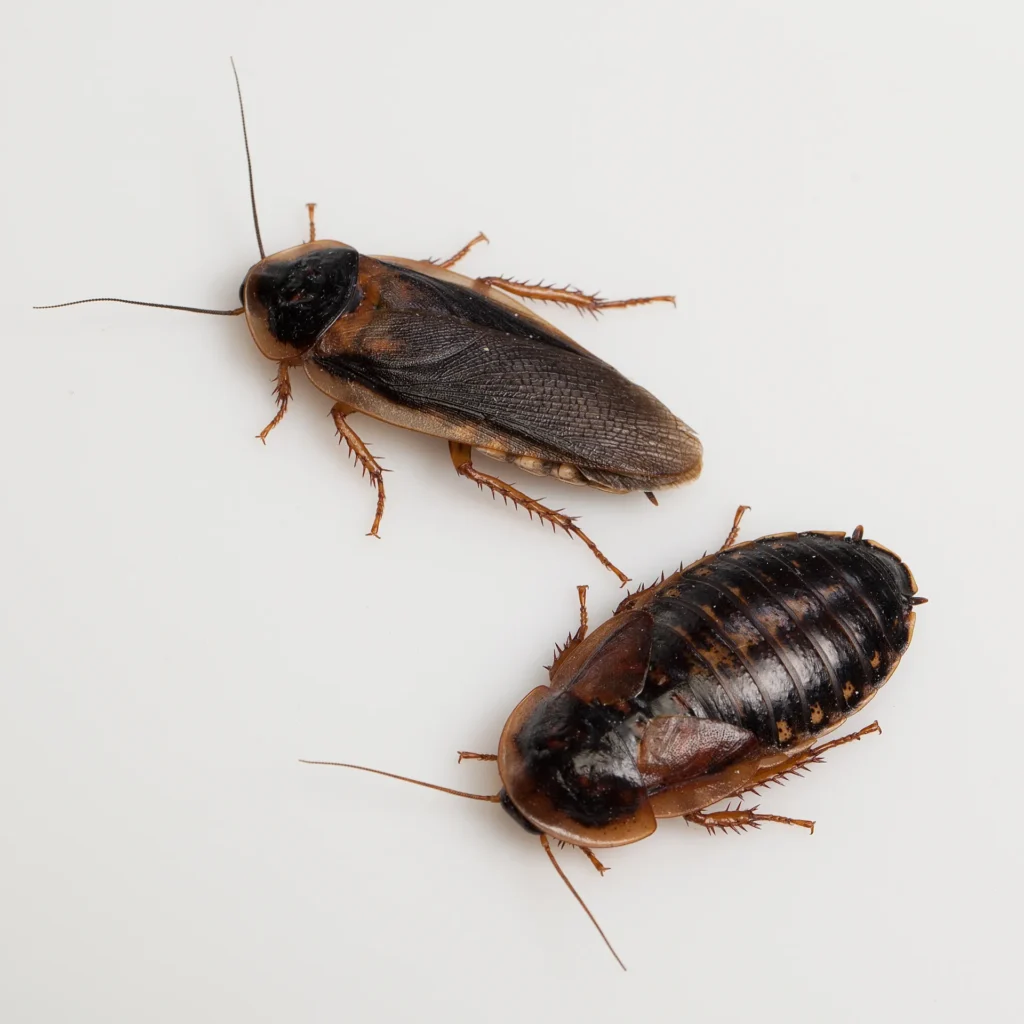
Also known as the huge cave cockroach of Central America or the Brazilian cockroach.
Although some sources state the maximum length as 9 cm (3.5 in), Blaberus giganteus is one of the largest cockroaches in the world, with males growing up to 7.5 cm (3.0 in) and females up to 10 cm (3.9 in). Because of their thin build and flattened bodies, these cockroaches may hide from predators in crevices.
Keeping as Pet
A real behemoth, the cave cockroach can reach lengths of 3.3 inches. Due to its enormous size and distinctive look, this species makes a fantastic insect display. It is not the simplest cockroach to care for, though, and requires particular attention to make sure it survives.

Requirements to Keep as Pet
Care
This species requires more maintenance than many of the others on the list. They have trouble managing crowding and get anxious easily. Stress is a major factor in the sudden death of adults, even if their average lifespan is just about two years. Keep this species in a sizable terrarium with lots of hiding spaces, a deep substrate (ideally made of leaves), and a humid environment. Despite being enormous, because of its neurotic personality, it is difficult to handle.
Enclosure
To avoid population stress, keep this species in a sizable enclosure with many hiding spots. The substrate ought to be thick and leafy with hardwoods. Rotting wood should be incorporated into the substrate and placed on top of it. Vertical logs, preferably with the bark still on, should also be added so that adults can climb them and conceal themselves vertically. Avoid harsh light in the enclosure because it can stress this species.
Feeding
This species thrives on a diet composed primarily of fruits, vegetables, cereals, potatoes, and a small amount of dog food. It thrives when given decaying materials like dead leaves and wood, which it will eat.
Humidity
To avoid molting problems, keep the substrate moist and maintain high humidity with excellent ventilation (at least 60%). To maintain humidity, mist the enclosure frequently. Should also use a hygrometer to assess humidity.
Temperature
Maintain a temperature of at least 70 degrees Fahrenheit for this species. Can employ a heat emitter, a heat pad, or heat tape. However, as this species dislikes intense light, heat lamps shouldn’t be utilized.
Breeding
This species will reproduce freely if not overpopulated. Because nymphs will bother adults and gnaw on their wings, it’s crucial to give them many hiding places.
Table





